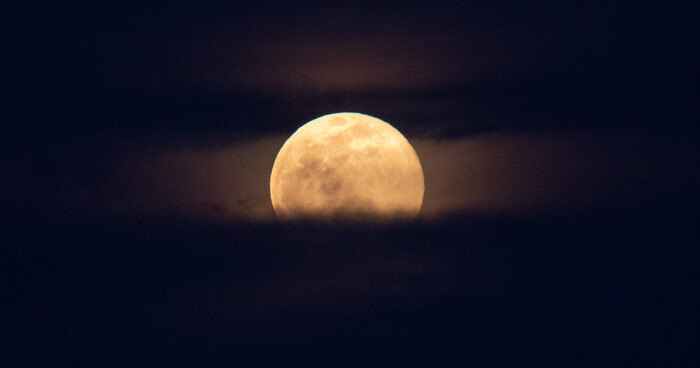A respectable Supeluna will greet the summer solstice, even if not as spectacular as the one expected in July, and the brighter planets, still clearly visible in the second half of the night, will accompany the two events.
This is indicated by the Italian Amateur Astronomers Union (Uai),
The first event expected in the sky in June is the Superluna of Tuesday 14, which at 13:52 will be at the minimum distance from Earth of 357,433 kilometers.
The solstice that marks the beginning of summer this year falls at 11.14 am Italian on 21 June: it will be the longest day of the year, with a duration of 15 hours and 14 minutes: the sun will rise at 5.37 and set at 20.51.
It is also expected, add the amateur astronomers of the Uai, that at noon of solar time (or one of the daylight saving time currently in force) the Sun will reach the point of maximum elevation on the horizon.
The height reached by the Sun depends on the latitude: in Rome, for example, the Sun will reach its peak just over 71 degrees, while in Milan the maximum height is 68 degrees and in Palermo it will exceed 75 degrees.
The brighter planets are still visible in the latter part of the night.
The most difficult to observe is Mercury, which is very low on the horizon at this time and difficult to see in the light of dawn.
However, those who manage to identify it will be able to admire the spectacle of all the planets visible to the naked eye, aligned in the early hours of the morning: from East to South you can distinguish Mercury, Venus, Mars, Jupiter and Saturn.
Finally, to move the sky in June, a sequence of conjunctions between the Moon and the procession of planets visible before dawn, which progressively anticipate the time in which they arise, making it possible to observe some of these encounters for almost the entire second part. of the night.
This is the case of the conjunction between the Moon and Saturn, in the night between 17 and 18 June, in the constellation of Capricorn.

